Brioche is a French bread, characterized by a rich, sweet flavor and flaky texture which almost makes it feel like a pastry, rather than a bread. A classic shape has a fluted bottom and an upper protruding knob, and is made in a special brioche pan. The bread can also be made like a regular loaf, or it can be braided or molded into a ring. It often takes the form of an individual bun, served warm. (wisegeek.com)
NEE: Really to put it simply, it is a very buttery roll like a bun. It looks like a bun with a knob on top. And it is a very French type of bread.
Anyway, we came across a Brioche Shop called Broiche Doree along St Michel-Boluevard St Germain.
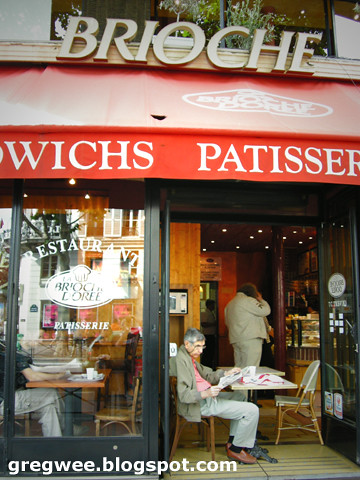 Nee of coure immediately recognised it, while I was still trying to make sense of the world around me - if it's brioche, why is the word patisserie there?
Nee of coure immediately recognised it, while I was still trying to make sense of the world around me - if it's brioche, why is the word patisserie there?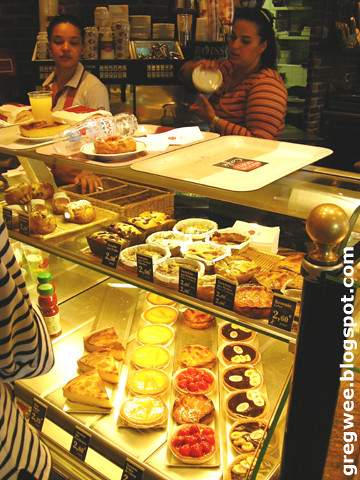
This shop sells mainly sweets like tarts, cakes & pastries. And also pain chocolat and the sweet type of croissants, broiches and danishes.
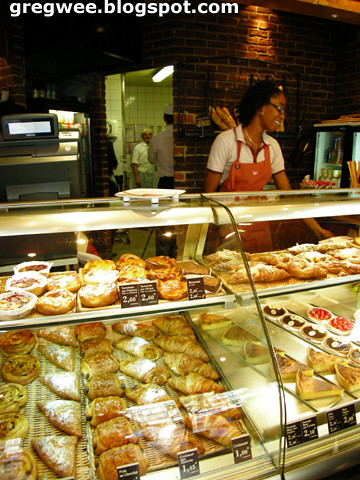
We bought a chocolate chips broiche. Very buttery. The texture is really somewhat between a light bun and a flaky pastry.
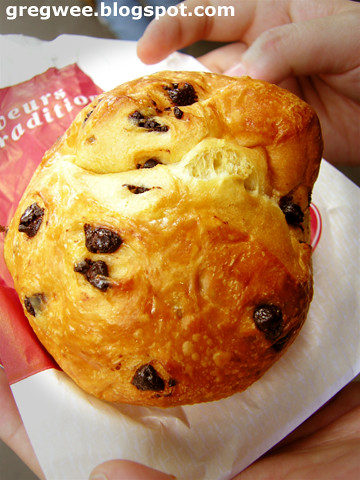
Ok, here's another one. What is a Traiteur? The word immediately conjures up images of a person who betrays someone's trust. But of course it's not. This is a food & travel blog. There are no menacing plots happening in here. All you get is Greg & Nee going places & stuffing their faces.

You see, before the 18th century, there were no restaurants in France. Hard to imagine that doesn't it? So when people at that time wanted to dine out, they would approach their traiteur to setup a table & cook a meal for them at a price.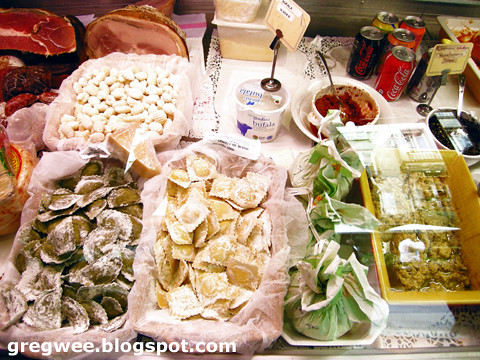
I don't know what happened in between, but strangely enough, today, the traiteur became not a full-fledge restaurant, but a take-out food business specialising in salads, cold meat & seafood dishes. 
NEE: They also sell dried & fresh pastas and many varieties of sundried vegetables. I bought some arborio rice and orriechette there. So this is essentially a form of cooked food grocer. In Paris, there are also specialised shops that sell cheeses only, truffles only, balsamic vineger only and so on. We find that all the workers there know their stuff well and would be friendly enough to attempt certain things in English.
It's very much unlike in Kuching or anywhere else in Malaysia, whenever you ask for a certain product, the store workers' favourite response would be donno or out of stock or we don't have without even trying to find out.
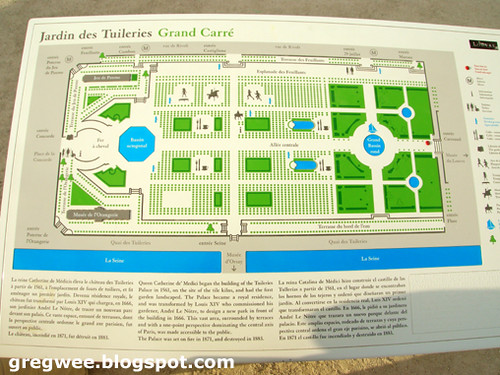 The Tuileries Garden covers about 63 acres and is originally designed by landscape architect Andre Le Notre in 1664.
The Tuileries Garden covers about 63 acres and is originally designed by landscape architect Andre Le Notre in 1664.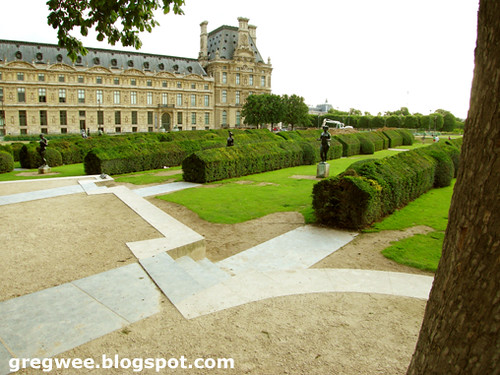

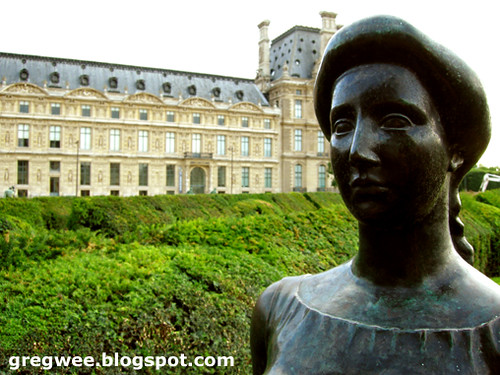
 Daylight is long during summer in Paris. This was now around 7pm but the sky was still blue.
Daylight is long during summer in Paris. This was now around 7pm but the sky was still blue.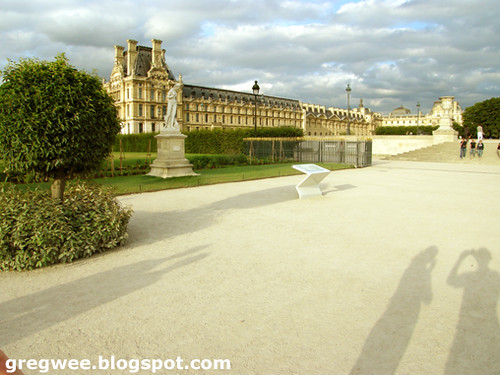
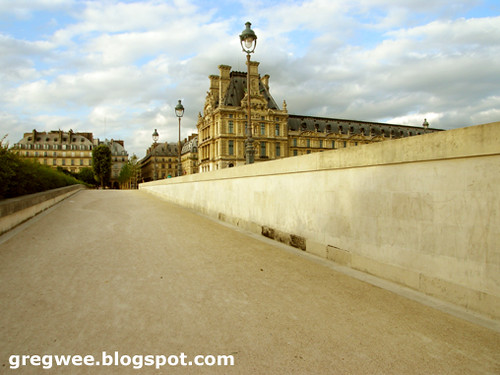 But it wasn't as good for people who wanted to pak toh (dating/ make out) at night cos the night just didn't seem to be coming.
But it wasn't as good for people who wanted to pak toh (dating/ make out) at night cos the night just didn't seem to be coming.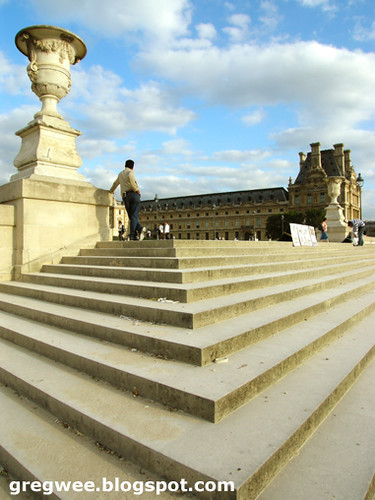
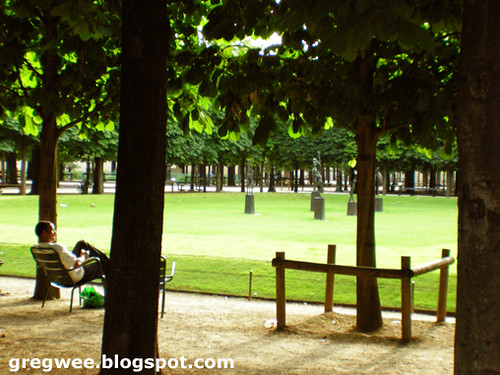
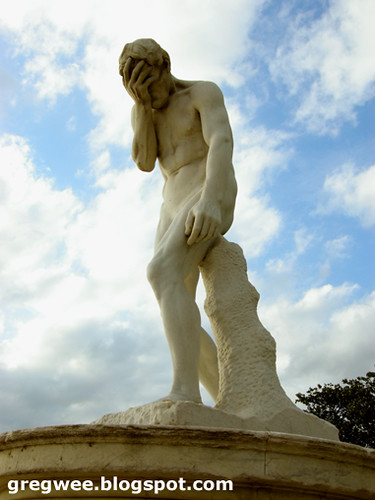
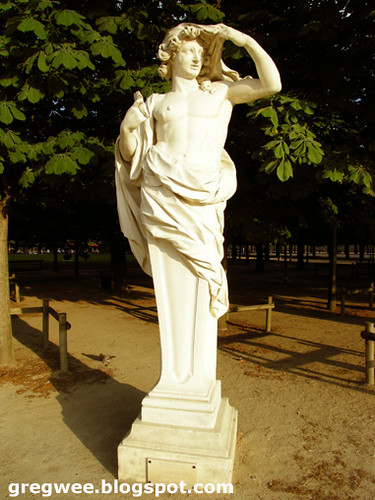
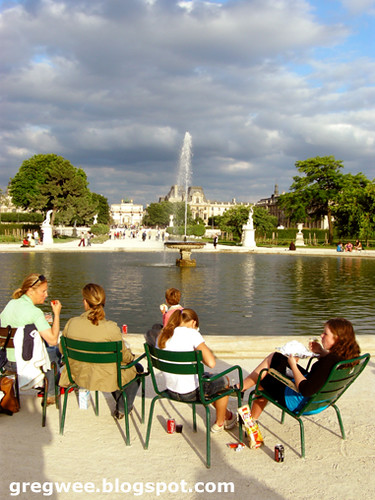
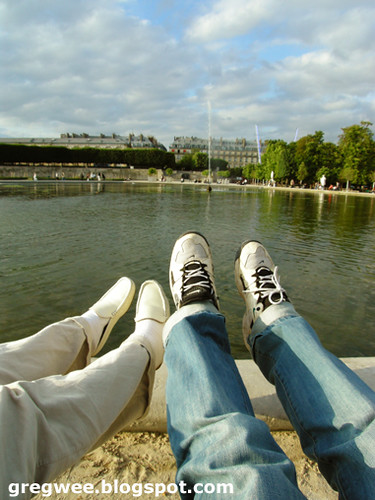


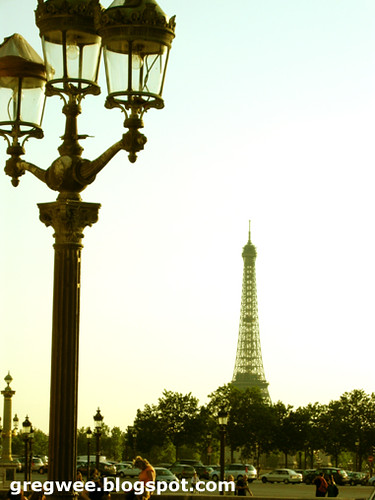
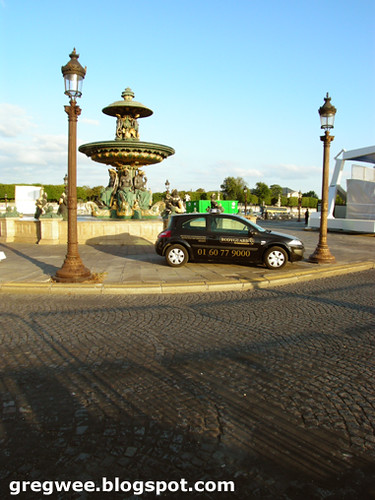



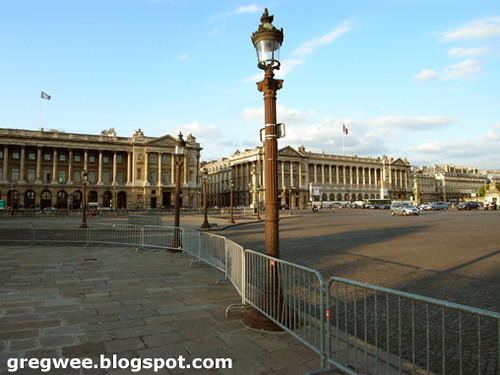 All this, starting from the Louvre Palace, to the Museum, to the Tuilleries, stretches onwards till it hits the Champs-Élysées & the Arc de Triomphe. But this was also the point where we started heading back to our hotel. Otherwise, we'd be walking till the next morning.
All this, starting from the Louvre Palace, to the Museum, to the Tuilleries, stretches onwards till it hits the Champs-Élysées & the Arc de Triomphe. But this was also the point where we started heading back to our hotel. Otherwise, we'd be walking till the next morning.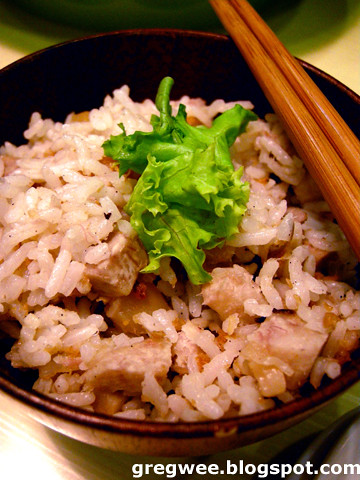

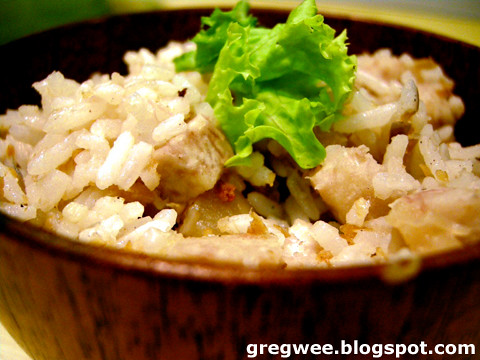

 Looking at this photo, of course it's understandable that she needs as much support as possible now, seeing that she's actually the single largest producer of kek lapis as a Sarawakian cultural product (which was borrowed from the Indonesians apparently). But looking at the concerned politician, I can't help but to wonder if he's more concerned about this tragedy or his appearance in the newspaper.
Looking at this photo, of course it's understandable that she needs as much support as possible now, seeing that she's actually the single largest producer of kek lapis as a Sarawakian cultural product (which was borrowed from the Indonesians apparently). But looking at the concerned politician, I can't help but to wonder if he's more concerned about this tragedy or his appearance in the newspaper. Now West Malaysians coming to Sarawak have one thing less to bring back aside from the pottery & Ikan Terubok.
Now West Malaysians coming to Sarawak have one thing less to bring back aside from the pottery & Ikan Terubok.